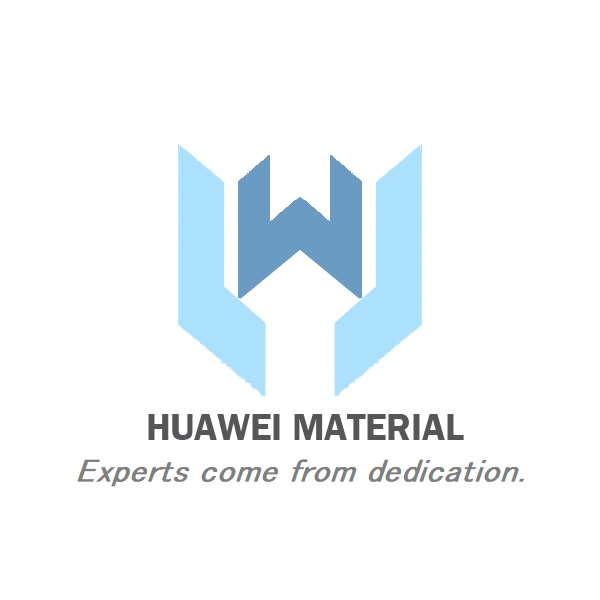In 1925, the Germans A.E.Van Arkel and J.H.deBoer first used the iodide thermal separation method to prepare metal hafnium. The hafnium produced by the iodide thermal dissociation method has high purity, which can meet the purity requirements of the atomic energy industry, but the production capacity is small, the energy consumption and the cost are high, and it has been gradually replaced by other methods.
In 1940, Luxembourg scientist W.J.Kroll invented the method of using magnesium to reduce titanium tetrachloride to make sponge titanium. As hafnium tetrachloride has similar properties to titanium tetrachloride, the magnesium reduction method has also been used in the production of hafnium and has become the main production method of metal hafnium.
Zirconium and hafnium separation technology is also constantly developing. In 1950, Western countries began to use two major technological processes provided by the US Atomic Energy Commission to produce atomic-level hafnium sponge. In the early 1970s, the boiling chlorination process of zircon was successfully developed. At the end of the 1970s, various countries conducted research on process improvement. Among them, France put forward the fire separation process through 10 years of research. Later, Japan developed a process for the extraction and separation of zirconium and hafnium with trioctylamine (called N235 in China) in a sulfuric acid solution after alkali fusion of zircon. At present, the separation technology of zirconium and hafnium can be roughly divided into wet separation and fire separation. The fire technology successfully applied in industrial production is the rectification of zirconium and hafnium molten salt, and the wet technology is solvent extraction.
With the development of hafnium production technology, the output and application range of hafnium are also increasing. In the 1950s, the reactor of the first nuclear-powered submarine in the United States used hafnium as a control rod for the first time. In the 1980s, the United States used an average of 26 tons of hafnium per year in nuclear reactors, mainly for the navy and aerospace. According to the data released by the Small Metals Trade Association, the global hafnium production in 2012 was 64 tons (estimated value). The main producing countries of hafnium include France, the United States, Russia and Ukraine, of which France and the United States account for about 94% of the total production. The application of hafnium The field mainly involves electronic equipment, atomic energy materials, alloy materials, high temperature resistant materials, etc.
